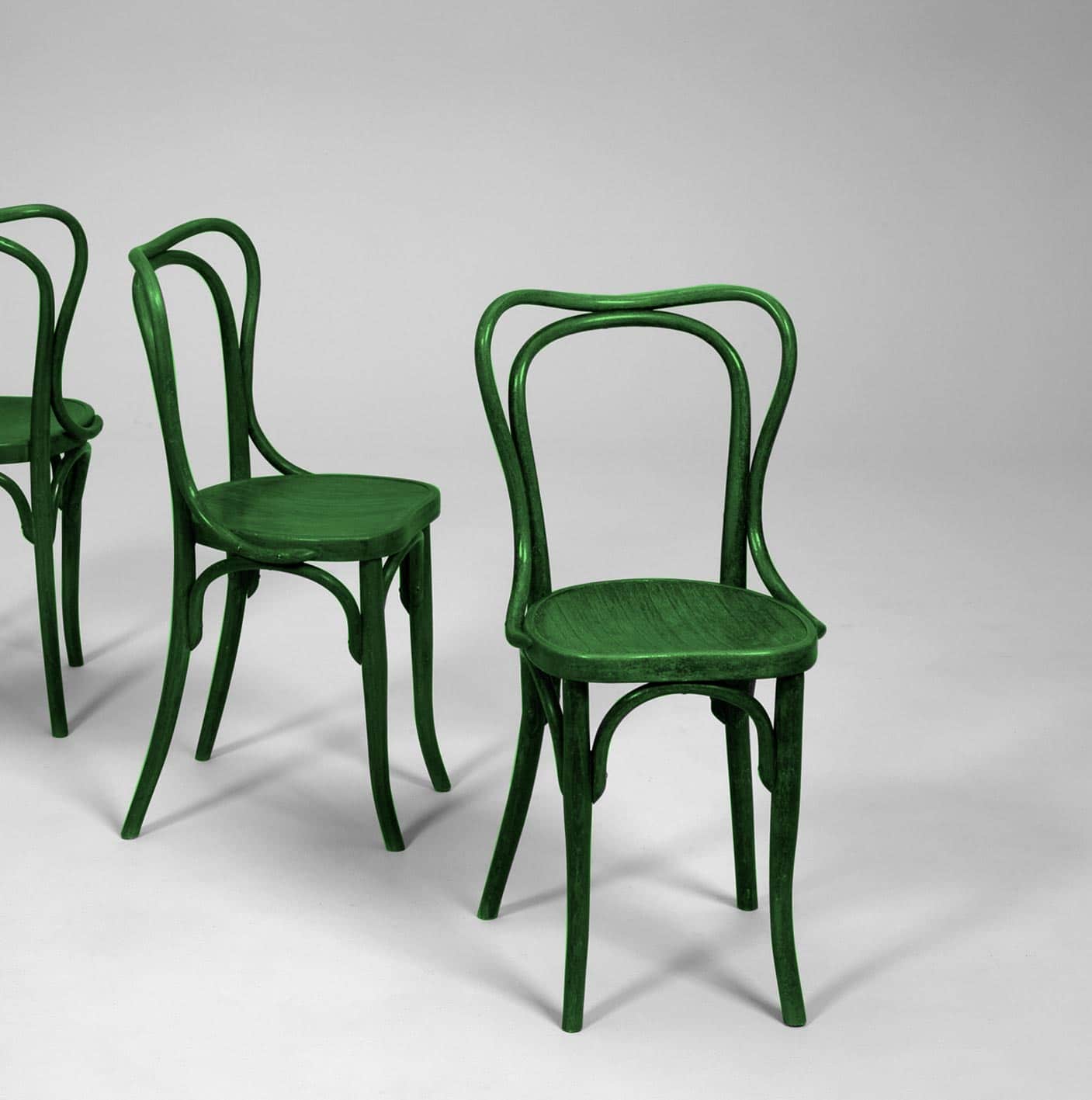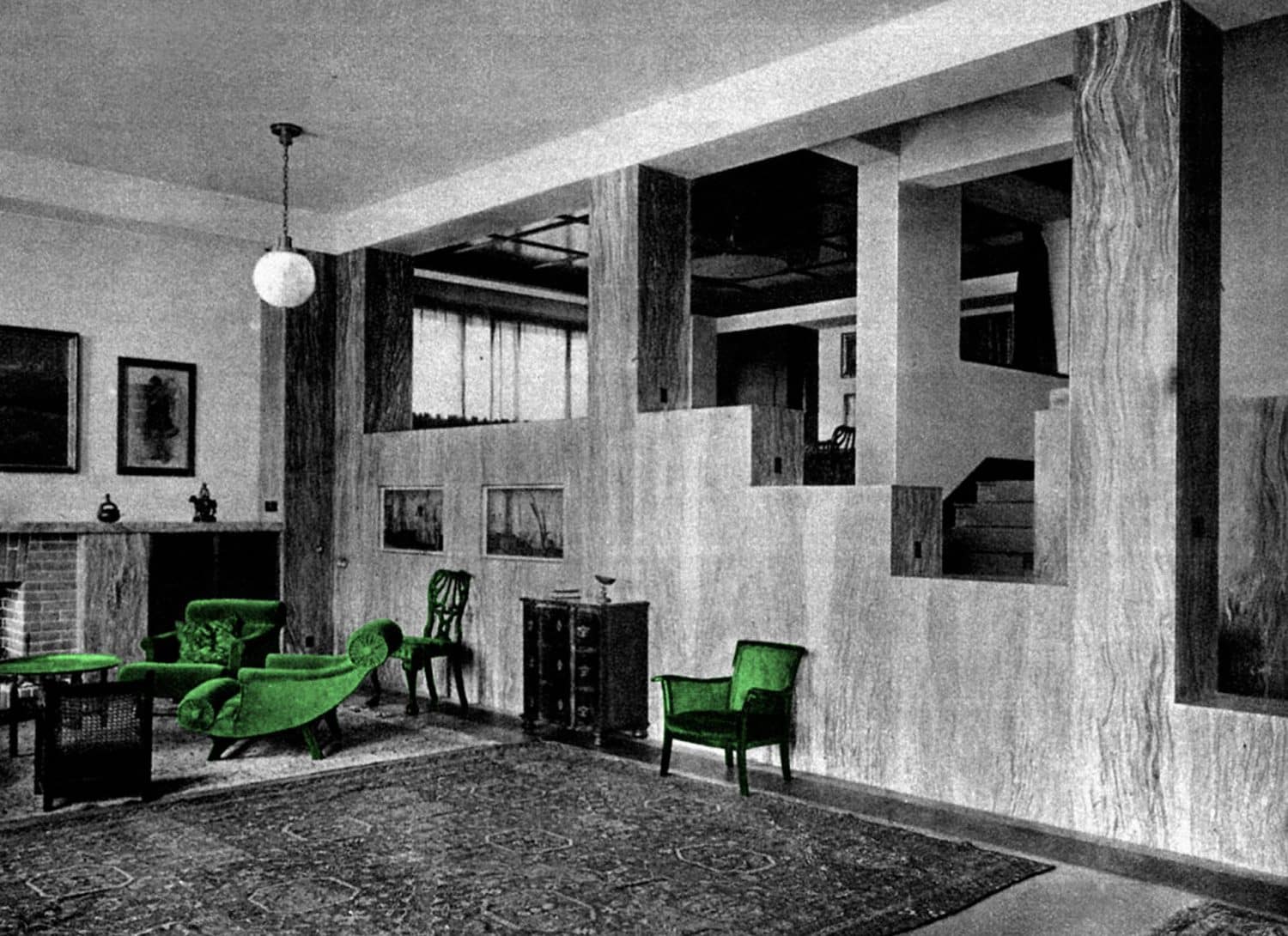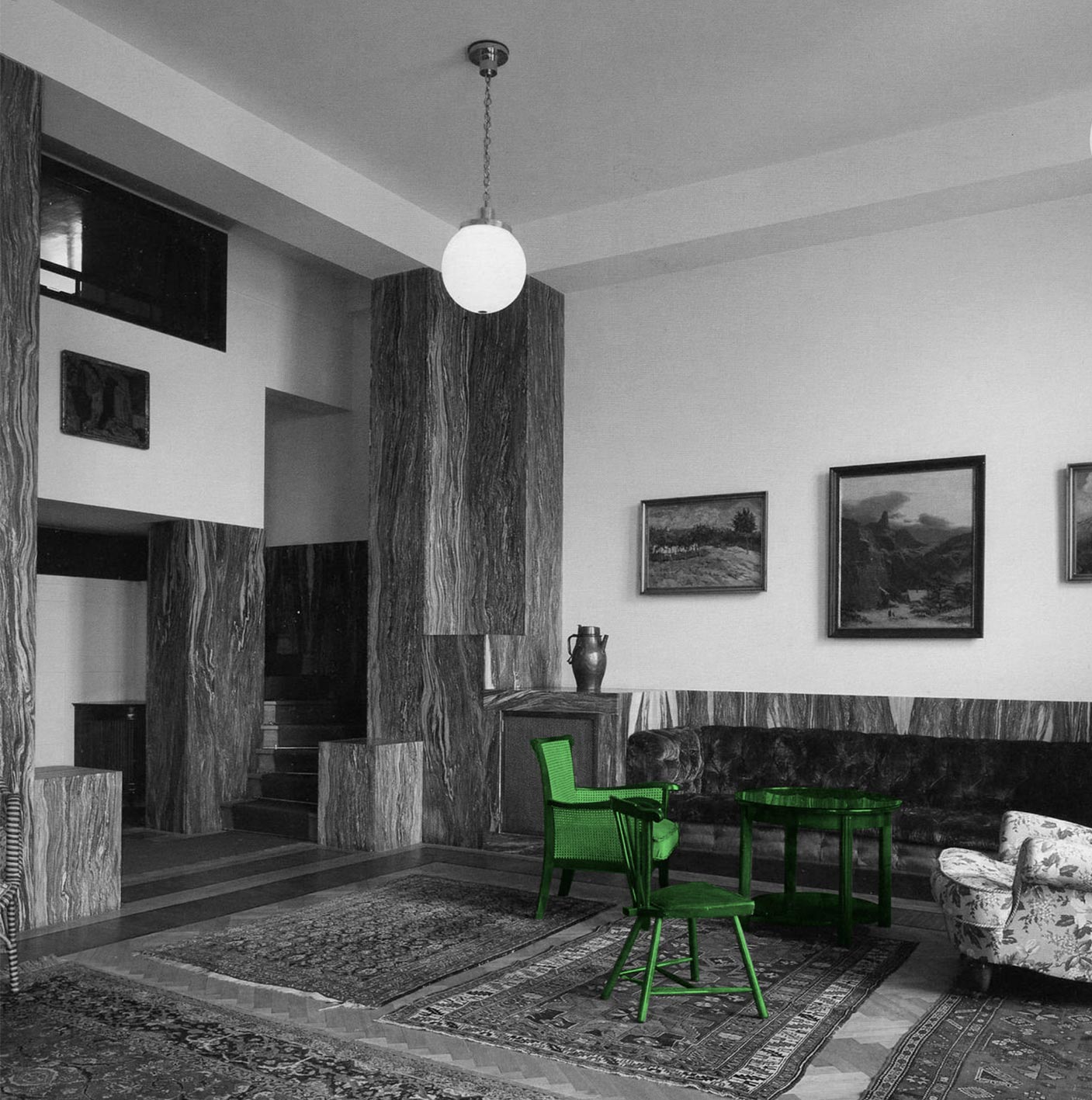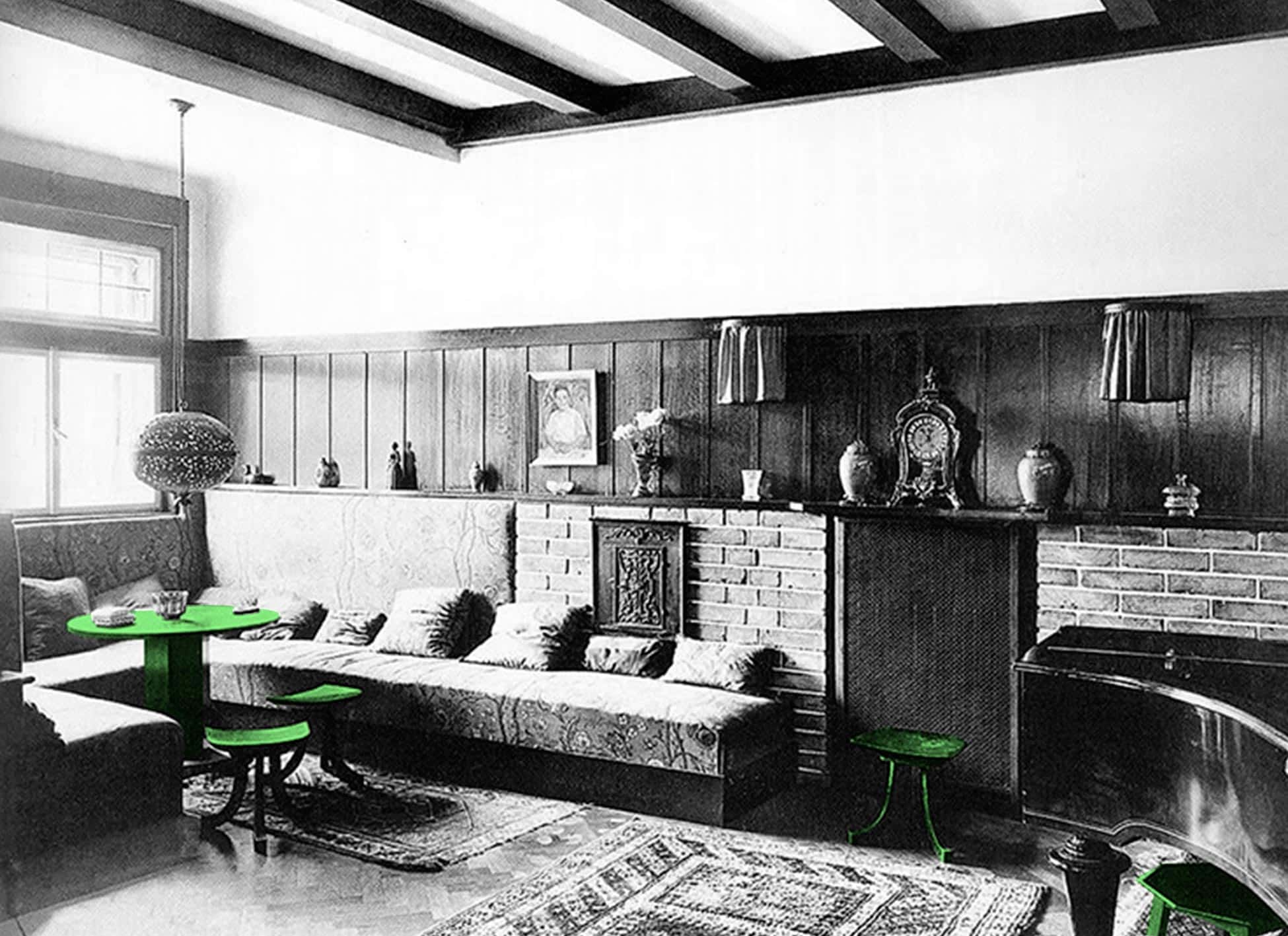INTERIOR
Controversy over Furniture #Adolf Loos

Always controversial and sometimes contradictory, Viennese architect Adolf Loos had a leading role, with his writings and dwellings, in the progress of modern architecture. Mainly known because of his attack against his contemporary the Viennese Art Nouveau style and against applied decoration with the lecture “Ornament and Crime”, Loos wrote some of his best-known texts on furniture, rejecting the making of a new style for modern furniture and defending the value of furniture made by anonymous craftsmen or mass produced by the industry.
This doesn’t mean that Loos wasn’t concerned about the problem of finding some suitable furniture for his architecture, given that he chose with his clients the furniture that played a leading role in his interiors and he even redesigned existing pieces when they didn’t directly meet his needs, such as the proverbial Thonet chair for his Café Museum.
The walls of a house belong to the architect. There he rules at will. As with the walls so with any furniture that is not moveable, such as built-in cupboards and so forth. They are part of the wall, and do not lead the independent life of ostentatious unmodern cabinets.Adolf Loos, “The abolition of furniture”, 1924
As this text stated, another mechanism used by Loos was to integrate most of the furniture of his dwellings into the architecture turning it into fixed elements and treating it in the same way than walls, floors and ceilings by means of the use of high-quality wood, stone or fabric. Wardrobes, sofas, beds or tables continue in a smaller scale the same Raumplan play than the rooms, thus creating cosier ambiences that surround its user and generate a centripetal, introverted space.



